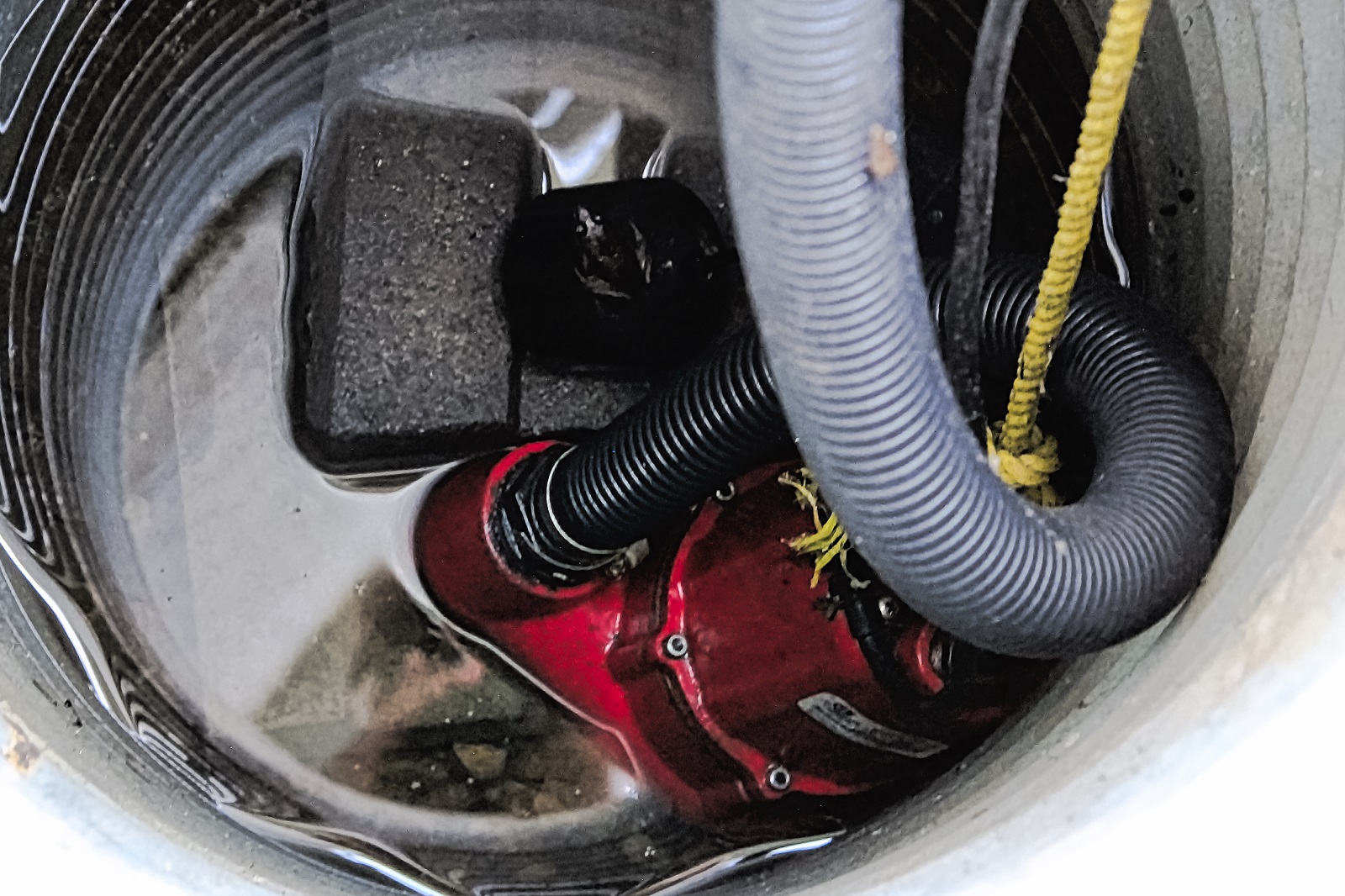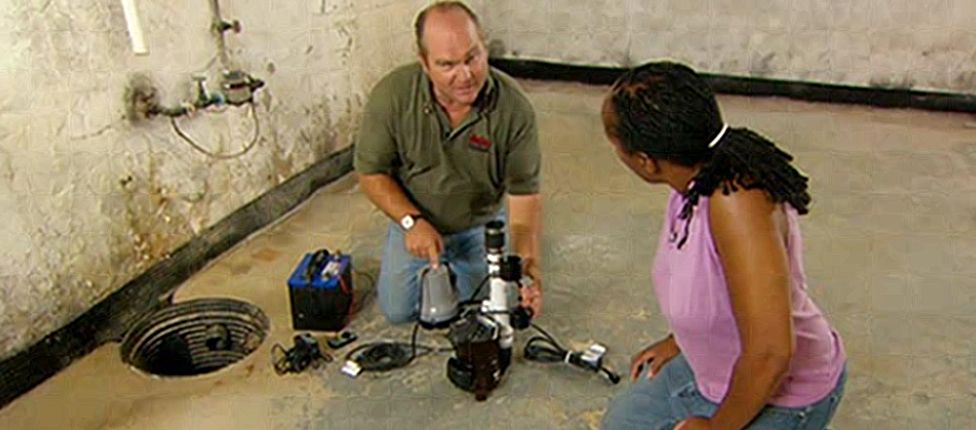What are your thoughts concerning Cleaning & Maintenance Tips for Your Home's Sump Pump?

Sump pumps are critical elements in many homes, particularly in locations vulnerable to flooding or too much moisture. They help avoid water damage by effectively eliminating excess water from basements or crawl spaces. Nevertheless, like any other home appliance, sump pumps need regular upkeep to ensure they function effectively when needed one of the most. Cleaning your sump pump is an important part of its maintenance, and recognizing how to do it correctly can conserve you from costly repair work and potential catastrophes.
Intro
Preserving a tidy sump pump is essential for its correct functioning and long life. Overlooking this necessary task can result in obstructions, malfunctions, and inevitably, water damage to your home. For that reason, finding out how to cleanse a sump pump is essential for home owners who count on these gadgets to maintain their basements dry and protected.
Comprehending the Sump Pump
Before diving into the cleaning procedure, it's essential to have a basic understanding of just how a sump pump functions. Typically mounted in a pit or basin listed below the cellar flooring, a sump pump includes numerous essential parts, including a pump, a float switch, and a discharge pipeline. When water gathers in the pit, the float switch triggers the pump, which after that pumps the water out with the discharge pipeline, far from the building's foundation.
Indications of a Dirty Sump Pump
Knowing when your sump pump needs cleaning is important for avoiding potential breakdowns. Some usual indicators that indicate a dirty sump pump consist of odd sounds during operation, minimized water flow, and visible debris in the pit. If you notice any of these symptoms, it's essential to cleanse your sump pump promptly to stay clear of any type of additional issues.
Preparing for Cleansing
Prior to you start cleaning your sump pump, it's vital to take some security preventative measures. Start by shutting off the power to the pump to stay clear of any type of electric accidents. In addition, wear appropriate protective gear, such as handwear covers and safety glasses, to shield yourself from dirt, debris, and potential microorganisms.
Detailed Guide to Cleansing a Sump Pump
Shutting Off the Power
Begin by separating the power supply to the sump pump to prevent any accidents while cleaning.
Removing Particles and Dirt
Utilize a bucket or a scoop to get rid of any type of visible debris, dust, or debris from the sump pit. Dispose of the debris appropriately to prevent it from obstructing the pump or the discharge pipe.
Cleaning up the Pump and Drift Switch
Once the pit is clear of particles, very carefully remove the pump from the pit. Evaluate the pump and the float switch for any type of indicators of damage or wear. Utilize a soft brush or towel to clean the surfaces and remove any type of collected crud.
Purging the System
After cleaning the pump and float switch, purge the sump pit with tidy water to get rid of any kind of staying dirt or debris. This will help ensure that the pump operates efficiently and effectively.
Checking for Appropriate Functioning
Prior to re-installing the pump, carry out a quick test to guarantee that the float switch triggers the pump appropriately. Put some water right into the sump pit and observe the pump's procedure. If everything is working correctly, you can reconstruct the pump and reconnect the power supply.
Upkeep Tips to Maintain Your Sump Pump Clean
Along with periodic cleansing, there are a number of maintenance ideas you can comply with to maintain your sump pump in optimum problem:
Verdict
Cleaning your sump pump is an essential facet of its maintenance and ensures that it operates effectively when you need it one of the most. By complying with the actions detailed in this overview and including routine maintenance into your regimen, you can expand the life-span of your sump pump and shield your home from water damages.
6 STEPS ON HOW TO CLEAN A SUMP PUMP PROPERLY
UNDERSTANDING SUMP PUMPS
Your sump pump plays a crucial role in protecting your home by managing and removing excess water. It primarily functions as a “shield”, guarding your basement against the damaging effects of water accumulation. The pump is housed in a sump pit in the lowest part of your basement, and its job is to pump out any water that collects there.
During heavy rainfalls or when snow melts rapidly, water can infiltrate your basement, posing potential risks like flooding, structural damage, and harmful mold growth. Here, the sump pump springs into action, pumping out the intruding water and directing it away from your home.
SAFETY FIRST
Before cleaning, remember to prioritize safety. Disconnect the sump pump from the power source to prevent any accidental electric shocks. Also, wear sturdy gloves to protect your hands from any sharp or dirty components within the pump.
REMOVE THE SUMP PUMP
After ensuring your safety, the next step is to remove the sump pump from its pit. Doing this might require careful maneuvering as you don’t want to damage any pump components. Once removed, clean the sump pit to remove any accumulated debris or sludge.
INSPECT THE PUMP
Inspect the pump for any visible signs of wear or damage. Check the power cord, float switch, and impeller housing. If any components look worn out or damaged, consider replacing them to ensure optimal performance.
CLEAN THE PUMP
Thoroughly clean the pump with warm, soapy water. Make sure to rid it of any dirt, gravel, or other debris that might impede its performance. You can use a toothbrush to clean the small, hard-to-reach parts of the pump.
REINSTALL THE SUMP PUMP
Reinstall the pump into the sump pit Make sure it’s positioned correctly to remove the water effectively Once it’s back in place, reconnect it to the power source TEST THE PUMP
Finally, pour some water into the pit to ensure the pump works correctly. It should start automatically and begin pumping out the water; if it doesn’t, check the power source and the positioning of the pump.
Remember, while cleaning your sump pump is an essential part of home maintenance, hiring a professional plumber for a thorough inspection and cleaning at least once a year is also important. This will ensure that your pump is in optimal condition, ready to protect your home from potential water damage.
BEST PRACTICES FOR CLEANING SUMP PUMP DISCHARGE PIPES
Regular Inspection: Regularly inspect your discharge pipes, especially during heavy rainfall or snowmelt periods. Look for any signs of blockage or damage. Early detection of problems can prevent serious issues down the line. Periodic Cleaning: Over time, sediment and debris can accumulate in the discharge pipes, impeding the flow of water. Regular cleaning helps keep the pipes clear and functioning efficiently. You can use a high-pressure water jet to effectively clean the pipes. Insulation During Winter: In colder climates, discharge pipes can freeze, blocking the outflow of water. Protect your discharge pipes from freezing temperatures by insulating them with foam pipe insulation. This will ensure the sump pump can continue to discharge water even in freezing conditions. Proper Positioning: The discharge pipe should be positioned to direct water away from your home’s foundation. Improper positioning can lead to water seeping back into the basement. Ensure the pipe is long enough and angled correctly. Installation of a Check Valve: A check valve prevents water from flowing back into your sump pit after the pump has pushed it out. Installing a check valve helps maintain the efficiency of your sump pump and reduces the risk of flooding. Minimize Pipe Turns: Every curve or turn in the discharge pipe can decrease the efficiency of water flow. By minimizing turns and bends in your discharge pipe, you can increase the efficiency of your sump pump. https://www.fullspeedplumbing.com/how-to-clean-a-sump-pump-properly9999/

I am very interested in Cleaning & Maintenance Tips for Your Home's Sump Pump and I'm hoping you liked the entire article. Enjoyed our article? Please share it. Help someone else check it out. Thank you for your time invested reading it.
Check This Out